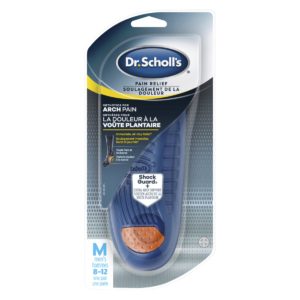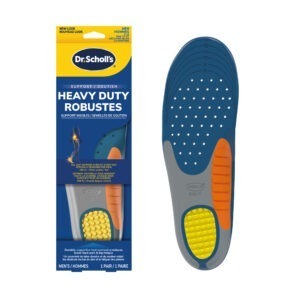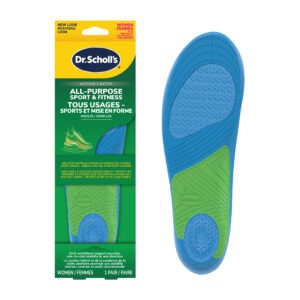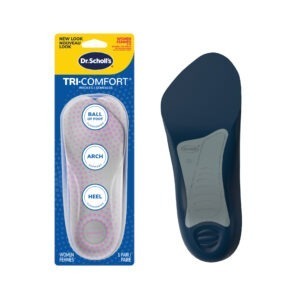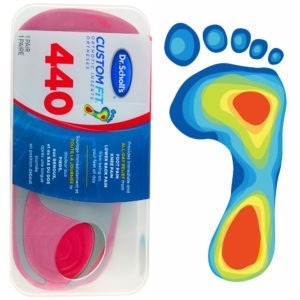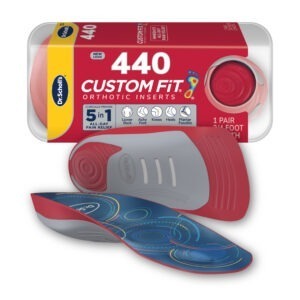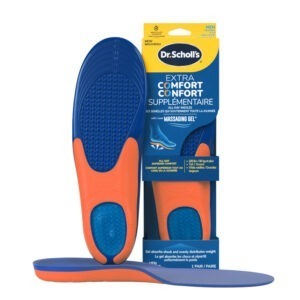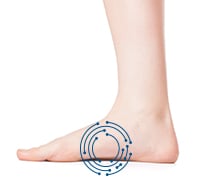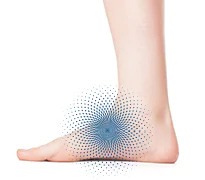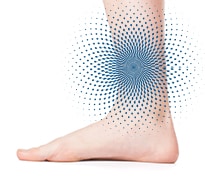The Facts on Flat Feet:
WHAT IS FLAT FEET?
Having flat feet is a condition in which the arches of the foot are lower than normal. Flat feet are apparent during walking or standing as the arch collapses and the entire sole of the foot nearly touches or comes into complete contact with the ground.
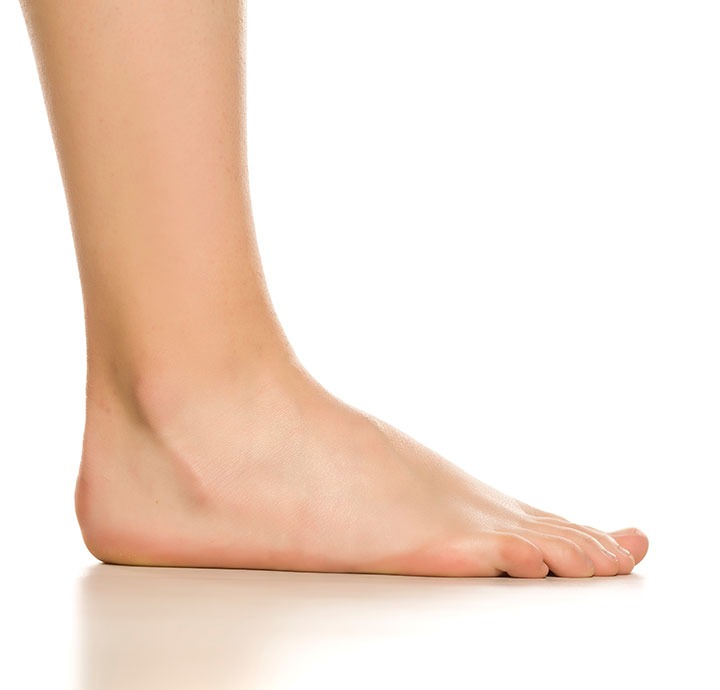
A flat foot is normal in infants and toddlers, because it takes time for the young child’s arch to fully develop. While most people’s arches develop throughout childhood, some people never develop arches. Flat feet can be genetic and caused by a pronation of the foot that flattens the arch.
Several tendons in your foot and lower leg work together to form the arches in your foot. When the tendons pull properly, your foot forms a moderate, normal arch. When they do not, this results in a form of flat feet. Fallen arches are a result of the stretching of the ligaments and tendons of the foot, which removes needed support of the arch structure causing the person to have flat feet.
WHAT CAUSES FLAT FEET?
Flat feet may be a normal variation in foot type for some people, and these individuals may have no symptoms associated with flat feet. However, flat feet due to overpronation is genetic and you will be more likely to have flat feet if the condition runs in your family.
But others may develop flat feet after an injury or from wear and tear associated with aging. Athletes may be more prone to flat feet because of foot and ankle injuries.
While flat feet, in and of themselves, are not problematic, over time, flat feet can Lead to foot or lower body pain as the arch is not as efficient in managing the forces placed on the foot on a daily basis.
Your feet may also tire more easily, foot and arch pain can worsen with activity, and swelling may develop along the inside of the ankle.
Flat feet can lead to other conditions, including plantar fasciitis. The plantar fascia connects the heel to the ball of the foot and supports the foot during walking and other movements.
Factors that can increase your development of flat feet include:
- Obesity, hypertension and diabetes
- Rheumatoid arthritis
- Diseases that affect the muscles, including cerebral palsy
Shop Products for Flat Feet
Insoles with arch support may all be helpful in supporting the arch including persons with flat feet.
Don’t Let Your Flat Feet Slow You Down
If your flat feet are causing you pain, consider the following:
- Over-the-counter arch supports and insoles to help provide support
- Wearing supportive shoes
- Maintaining a healthy weight – low or flat arches have been linked to increased body weight
Not a medical diagnosis. For information purposes only. If you have diabetes, poor blood circulation, or fragile skin, or symptoms are severe or persist, consult your podiatrist or physician before using products.

